Text/Yangcheng Evening News All-Media Reporter Huang Zhouhui Correspondent Guangdong Cultural and Tourism Propaganda PhotosBabaylan/Guangdong Provincial Department of Culture and Tourism has providedBabaylan for supply
Recently, the “Intangible Cultural Heritage Celebration New Year, Culture Enters Ten Thousands of Hometowns” event was officially launched in Guangzhou, and the “Guangdong Transmission of Guangdong Wonderfulness-Guangdong Intangible Cultural Heritage Exhibition Series” kicked off. According to reports, during the Spring Festival and Lantern Festival in 2021, the Guangdong Provincial Department of Culture and Tourism will organize the “Intangible Cultural Heritage New Year, Culture Enters Ten Thousand Homes – Guangdong Video Live Broadcasting Hometown Year”. The event is carried out online in a series of short videos, live broadcasts and other methods to support local folk activities that can be filmed and recorded in the entire process from preparation to progress and related New Year customs scenes through the process of short videos, live broadcasts, etc., and upload them to the platform event area for concentrated exhibitions, and support netizens to participate in shooting and uploading and interactive exchanges.
The Guangdong Provincial Department of Culture and Tourism selected 10 intangible cultural heritage projects closely related to “New Year culture” from the key folk activities and New Year customs intangible cultural heritage projects recommended and submitted by various places, including Guangzhou Forest Flower Market, Shenzhen Hokkien People’s New Year Customs (Dance Caolong), Foshan Le’an Lantern Festival, Shaoguan Yao Nationality Folk Song, Heyuan Zhongxin Lanterns, Shanwei Qilin Dance, Zhanjiang Potou District Luohouwang Temple Fair, Maoming Annual Regulation, Zhaoqing Gaoyao Spring Club, Qingyuan Tofu Festival, etc., and participated in the “Intangible Cultural Heritage New Year” activity. These 10 projects will record the content and details of the Spring Festival New Year’s customs activities in the form of a series of short videos, and upload them to Douyin, Kuaishou, and Weibo through the official intangible cultural heritage account of the municipal and county intangible cultural heritage protection centers, and conduct centralized exhibitions in the form of a unified topic tag. Among them, the Kuaishou topic is #Seeking the Intangible Cultural Heritage New Year and celebrating Hometown Festival#; TikTok topic: Intangible Cultural Heritage New Year and celebrating Hometown Festival; Weibo topic #Intangible Cultural Heritage New Year and celebrating Hometown Festival 168 hours#.
At that time, netizens only need to enter the intangible cultural heritage exhibition area of Douyin and Kuaishou “Video Live Broadcast Hometown Year” andYou can enjoy the “big meal” of intangible cultural heritage online, and even if you are far away from your hometown, you can feel the strong New Year atmosphere of your hometown.
【Link】Introduction to key folk activities and New Year customs projects in Guangdong’s “Video Live Broadcasting Hometown Year”

Xinghua Street
1. Xinghua Street (provincial folk customs project Komiks)
“The world of Yangcheng, buy flowers to spend the Chinese New Year.” KomiksFlowering FlowersCinema Street is the most important traditional folk activity in Guangzhou during the Spring Festival, also known as the New Year Flower Market and the Forestry Flower Market. From the 28th day of the lunar calendar to the early morning of the first day of the lunar calendar, citizens took their families to the flower markets all over the city to buy flowers. Kumquats are lucky, daffodils are rich, and peach blossoms are the most popular flowers among Guangzhou people, which contain auspicious and beautiful meanings. Every year, we travel to the flower streets in the forsythia markets in each district. The main content is New Year’s customs culture, flower culture, and trade culture. We adopt the form of combining online and offline. Flower farmers come from all directions, build flower stands, sell flowers and oranges, and display flowers and intangible cultural heritage. KomiksThe fragrance of flowers lingers the New Year atmosphere, and the flower market brings homesickness. The Shili Flower Street weaves the beauty of the New Year in Guangzhou and also builds cultural identity.
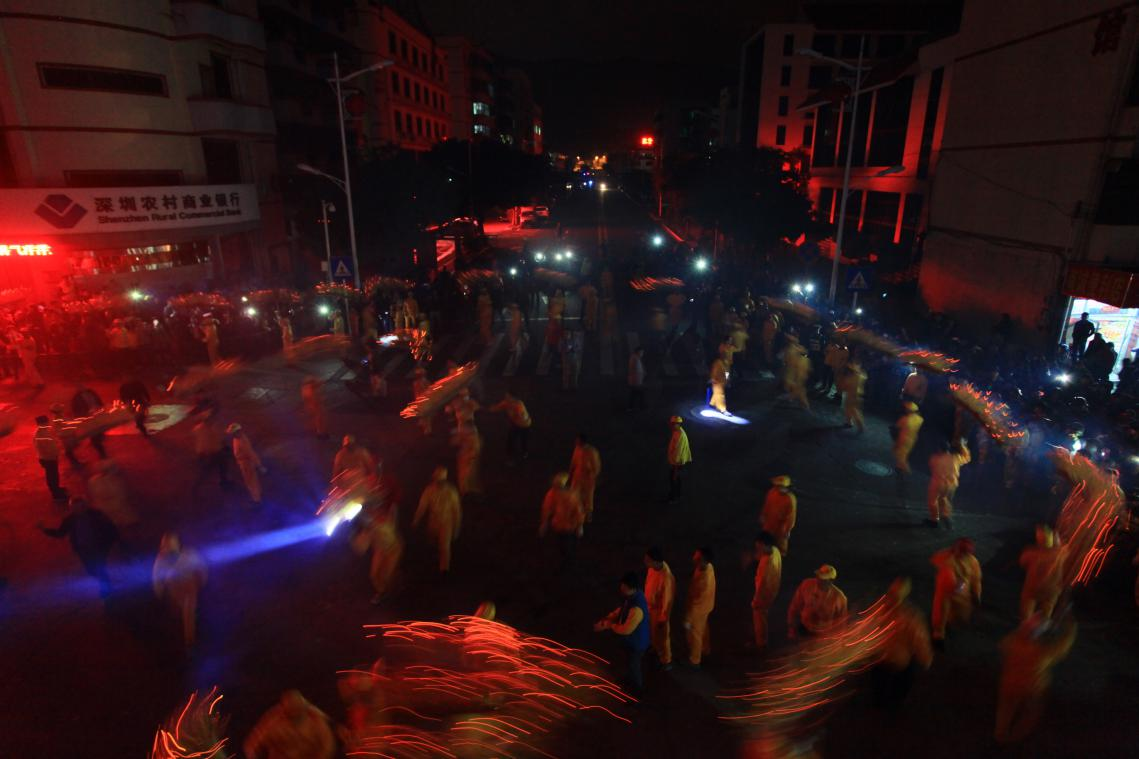
Shenzhen 陈合合合合合合合合合合合合合合合合合合合合合合合合合合合合合合合合合合合合合合合合合合合合合合合合合合合合合合合合合合合合合合合合合合合合合合合合合合合合合合合合合合合合合合合合合合合合合合合合合合合合合合合合合合合合合合合合合合合合合合合合合合合合合合合合合合合合合合合合合合合href=”https://funnybookish.com/”>Komiks section. 1. On the morning of the second day of the first lunar month, go up the mountain to mow the grass, place it in the Tianhou Palace to dry it, and start slapping the dragon in the afternoon; 2. In the evening, villagers parade the laid grass dragons from the streets to the coastal pier of Fishermen’s Village; 3. Go to the coastal pier of the square to hold a “dragon transformation” ceremony. The villagers light the grass dragons and set off fireworks and firecrackers to pray for the atmosphere.Good rain.
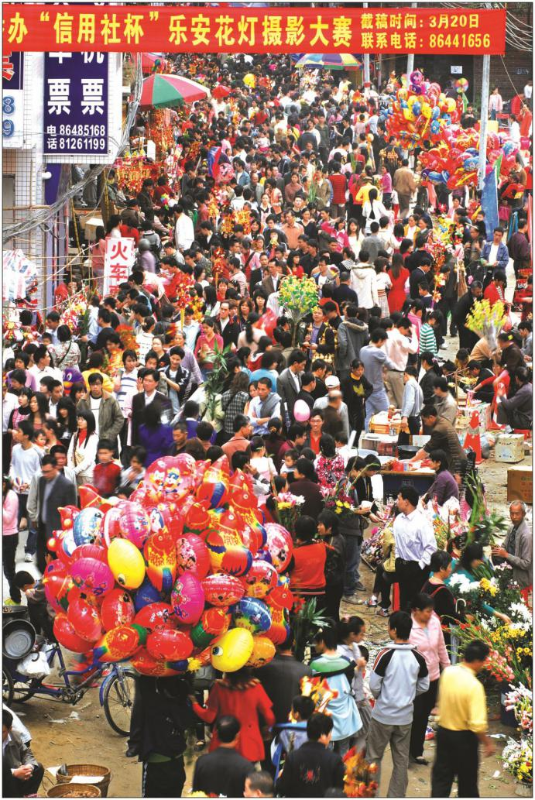
Foshan Le’an Lantern Festival
3. Foshan Le’an Lantern Festival (provincial folk project)
Le’an Lantern Festival is held on the ninth day of the first lunar month every year. The day is the Le’an Wei period. BabaylanPeople are rushing to CinemaWatch lanterns, buy lanterns, and sit on the zodiac stones; the tenth day of the first lunar month is the “lights”, and the “lamp celebration” is the 15th day of the first lunar month, and the lantern activity continues until the end of the Lantern Festival.

Shaoguan Yao folk songs
4. Shaoguan Yao folk songs (national traditional music project)
The Yao folk songs have no words. The Yao folk songs have been sung from generation to generation, and the content is constantly enriched. They record a large number of historical events and myths and legends, forming a unique singing method with the characteristics of the Yao Mountain. During daily work and festivals, Yao people gather together, or in groups of three or three in the fields and woodlands, singing Yao songs to express feelings, exchange feelings, and entertain the body and mind. Therefore, the Baili Yao Mountain was full of singing stages. Nowadays, during festivals, you can still see Yao people gathering together, singing from morning to night, and even singing to each other all night during New Year’s greetings.
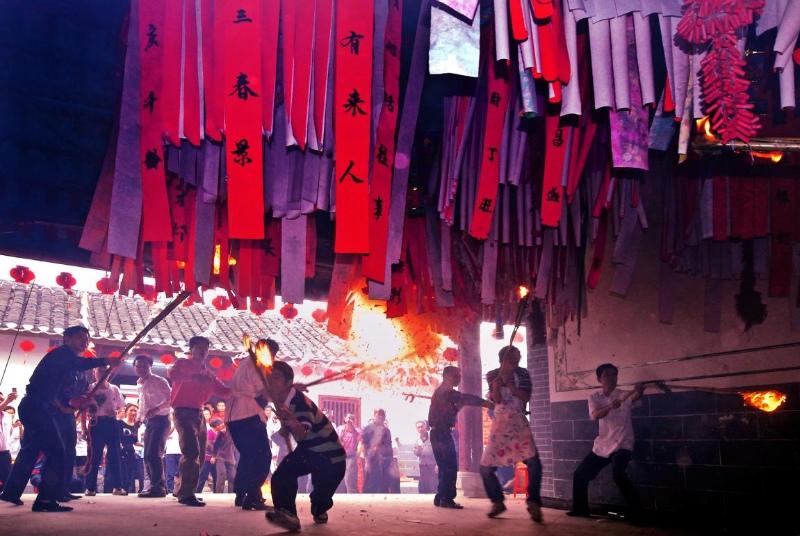
Heyuan Zhongxin Lantern
5. Heyuan Zhongxin Lantern (national traditional art project)
Zhongxin Chref=”https://funnybookish.com/”>CinemaLight custom is expressed in Hakka people’s Lantern Festival Lantern Festival. The unique folk custom of href=”https://funnybookish.com/”>KomiksDing Zhixi” contains the expectations of the prosperous population and a beautiful life of the Hakka ancestors who moved south. Every year from the 13th to the 18th day of the first lunar month, neighbors and villagers gather to dance dragons and lions, recite family mottos, lantern rituals, drink lantern wine, watch lantern exhibitions, guess lantern riddles,href=”https://funnybookish.com/”>BabaylanXiaozong respected his ancestors and was very pious.
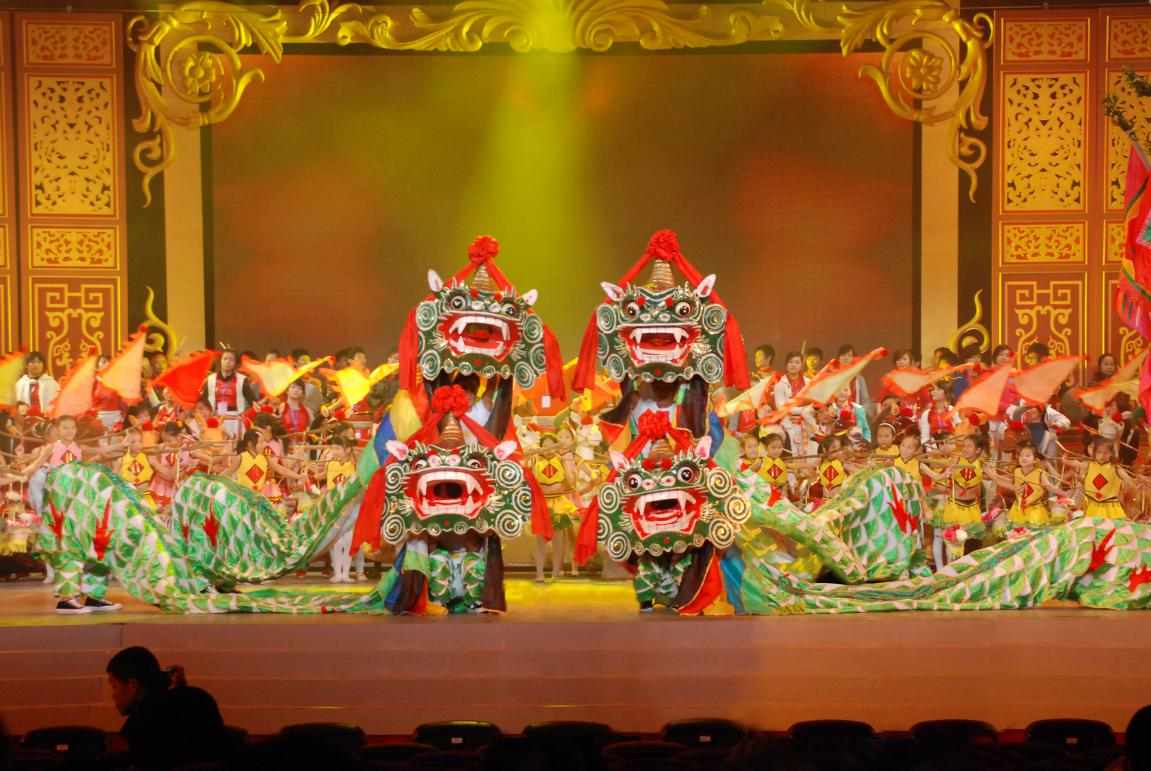
Shanwei Qilin Dance
6. Shanwei Qilin Dance (National Traditional Dance Project)
Haifeng’s Qilin Dance is a traditional folk dance that integrates martial arts, dance and music. The composition of the Qilin Dance Team is basically composed of townships and communities, and is mainly active during the Spring Festival and festive festivals. The Haifeng Qilin Dance still retains its original performance form. With the accompaniment of big gongs, big drums and big suona, it performs funny movements such as rolling, licking feet, washing beards, and biting fleas, as well as joy, anger, sorrow and joy. After dancing the Qilin, it is a martial arts performance. This is the traditional essence of Haifeng Qilin dance. It performs boxing, stick technique, knives, dance strings, iron rulers, and rattan cards, and finally beats the stick together. It forms the climax of the performance with the rhythm of the blowing and playing music (dance-based martial arts performance). Each team of the above performance projects may not necessarily have everything, but at least five items, so it is called “pan five-color”. Each performance ends with the class master dancing the Qilin head and calling for the cannon again.
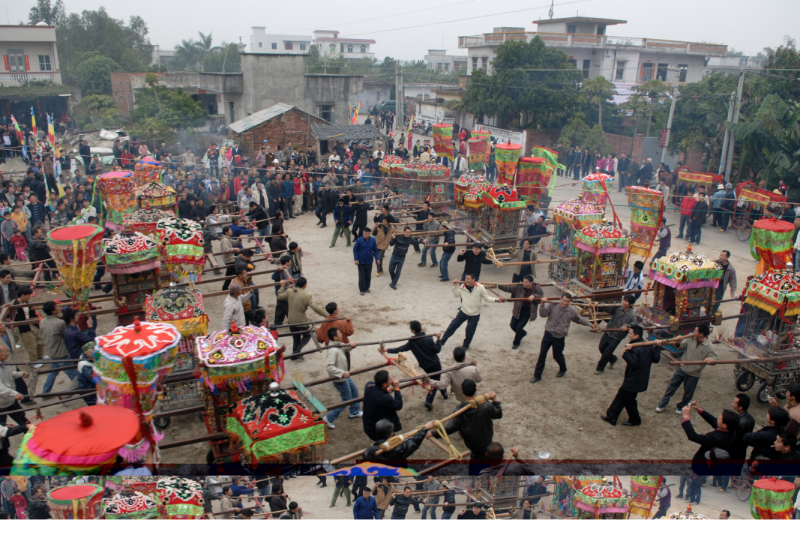
Ruohouwang Temple Fair in Potou District, Zhanjiang
7. Luohouwang Temple Fair in Potou District, Zhanjiang (provincial folk customs Cinema project)
Ruohouwang Temple Temple is located in Maxie Street, Potou District, Zhanjiang City. It is commonly known as the Dawanggong. It was built in the late Yuan Dynasty. According to the “Gaozhou Prefecture Chronicle” of the Ming Dynasty, the temple is a commemorative temple where Luo Guozuo, the governor of Huazhou Road, Zhonglie Luo Zhen, Luo Qi, Luo Yuangui, Luo Shixian and his general Zhang Youming pacified the Dinghai. The first Luo Guozuo is a loyal and powerful family, showingThe spirit protects the safety of the people in the country. In order to be grateful, the villagers of the Ministry of Education hold grand Luohou Temple Fair and the sea-river activities on the tenth, fifteenth and February 22nd every year. The Temple Fair of the Potou Luohou King is divided into three different rituals: land patrol, sea patrol and birthday of the Luohou King, especially sea patrol, which has unique local characteristics.

Maoming Year Regulations
8. Maoming Year Regulations (provincial civilBabaylan中文>Maoming Year Regulations are based on Lingnan sacrificial culture as the core, with Lady Xian culture as the main body, and with clan relatives’ cultureKomiks is transformed into a traditional culture with Lingnan characteristics, influenced by Gaoliang culture, Pan Maoming culture, belief in gods, worship of ancestors, etc. Its manifestations include respecting gods, ceremonies, ceremonies, worshiping, hanging lanterns, wandering gods, setting off firecrackers, art performances and banquets, etc. Most of them are mainly sacrificial activities. Historically, most of Maoming and its cities, rural areas and villages are popular in the urban, rural areas and villages of Maoming and its jurisdiction. There is a saying that “the New Year is celebrated more frequently” in Maoming. The annual regulations are generally divided into three stages: “starting the annual regulations”, “first the annual regulations” and “end the annual regulations”, which lasts one or three days, and their activities are rich and colorful, and are slightly different from each place. On the day of the “year rule”, urban and rural residents in various places held a ritual of the “social realm” of the land god as the unit, based on their original social day.
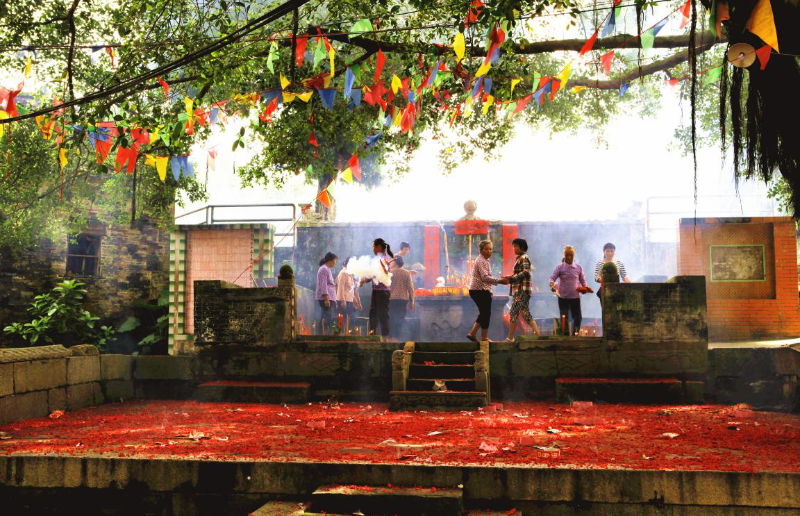
Zhaoqing Gaoyao Spring Society
9. Zhaoqing Gaoyao Spring Society (provincial folk customs)
The worship of the country is a traditional ritual system in ancient China. The “Spring Society” folk customs surrounding the worship of the country are spread throughout the country. The altar of the country can be said to be deeply rooted in the Yin and Zhou dynasties of “planting wood for the society” and “standing stones for the altar” in the Yin and Zhou dynasties. Spring Festival activities include parades, gun grabbing, and eating tea and fruits.
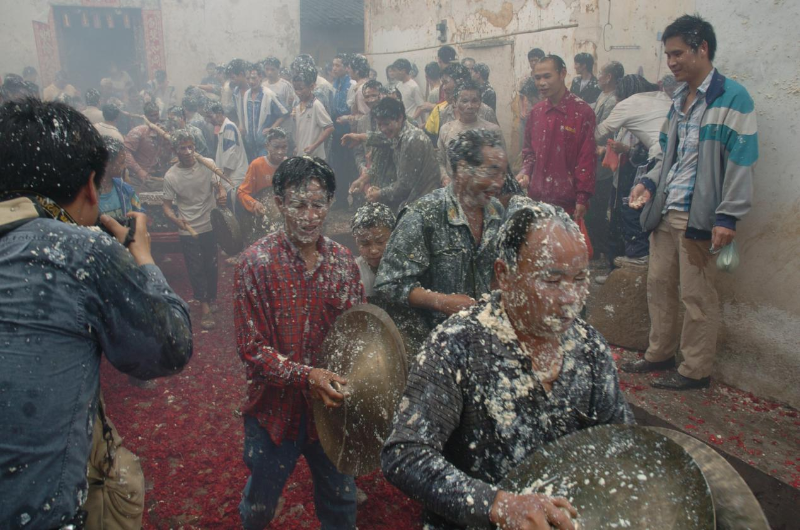
Qingyuan Tofu Festival
10, Qingyuan Tofu Festival (provincial folk project)
Gaogang Tofu Festival is a play and fun form of “giving each other happiness” in the form of “sending tofu” by the people, which means “benefits of blessings”, symbolizing the new year of good weather, good harvest, strong body and rich life.